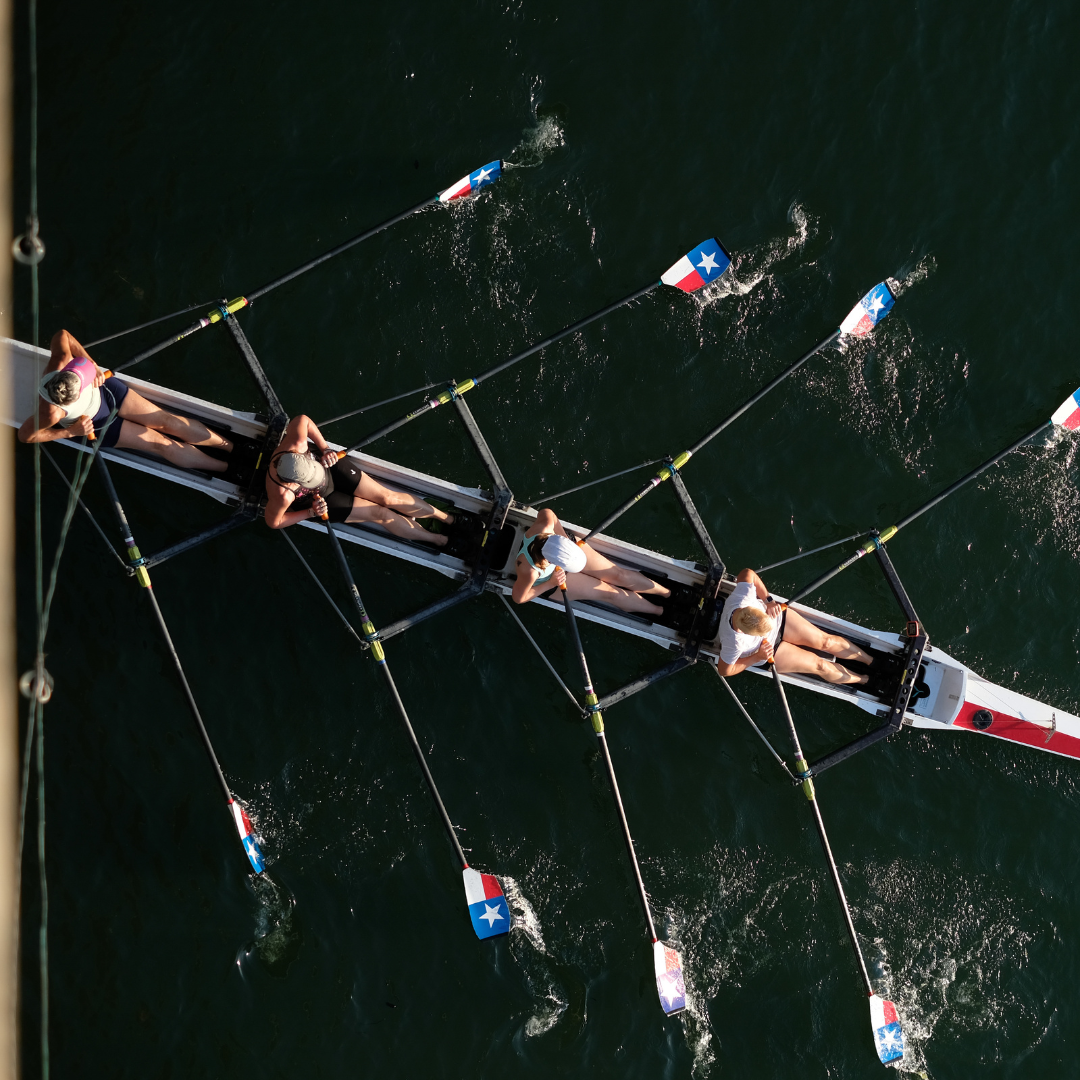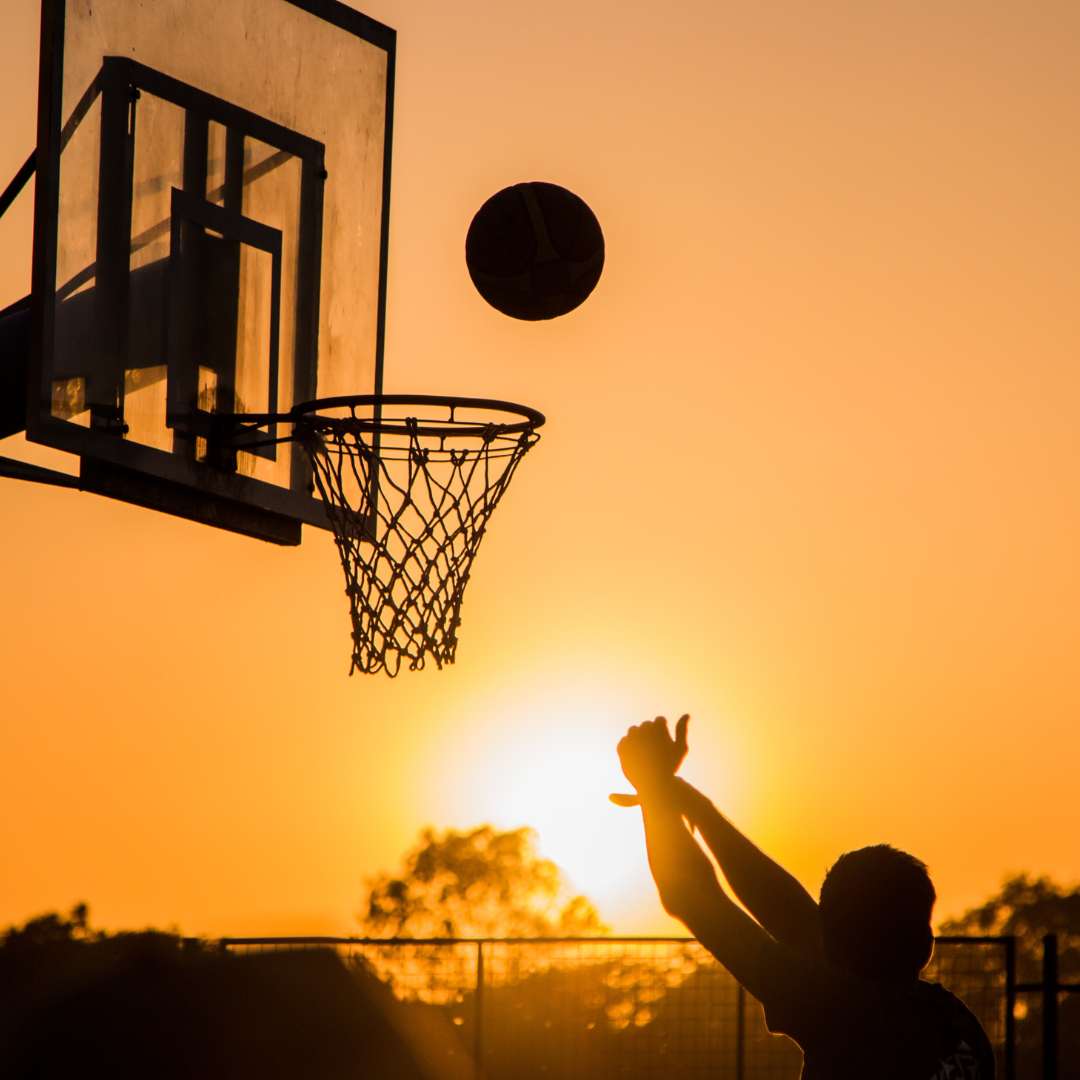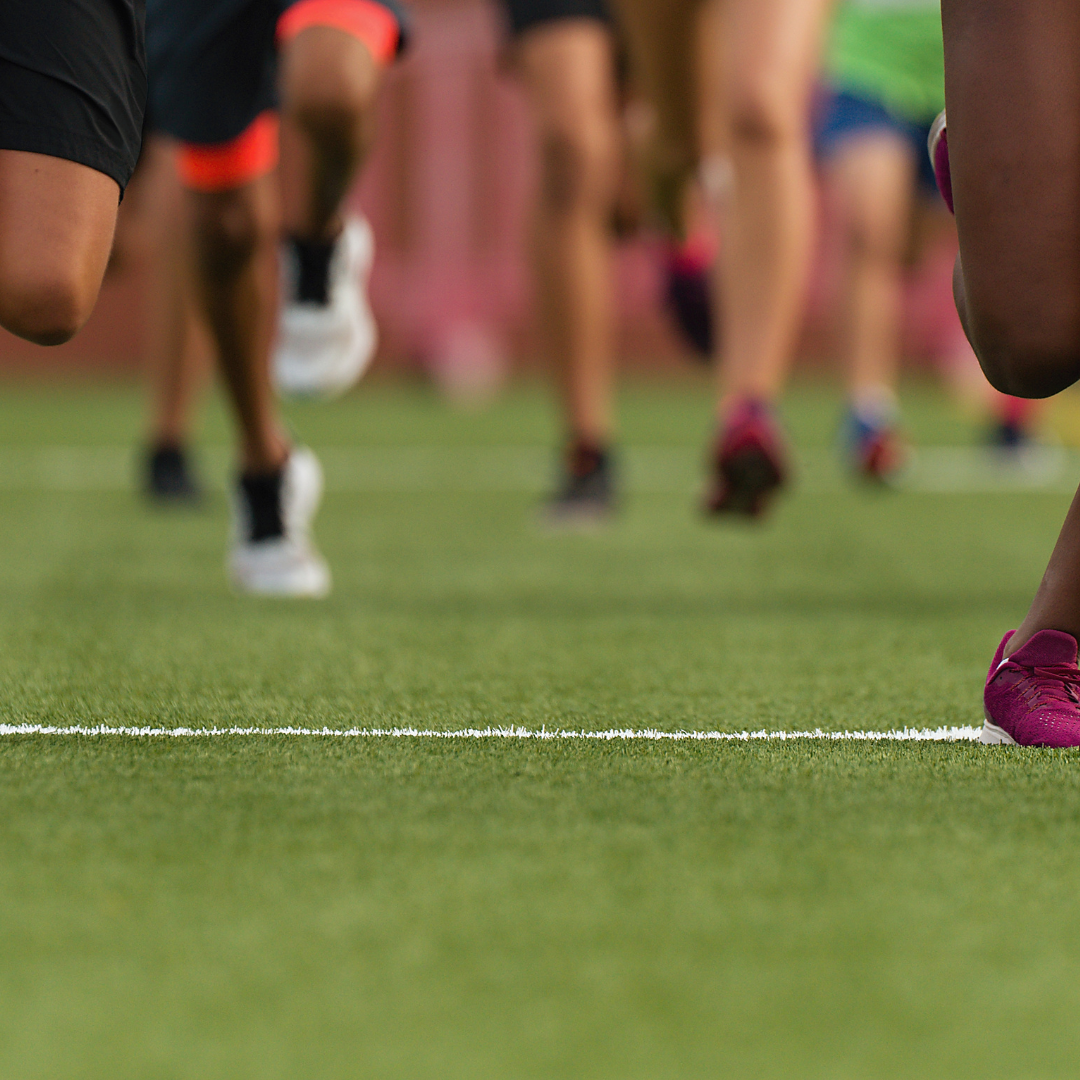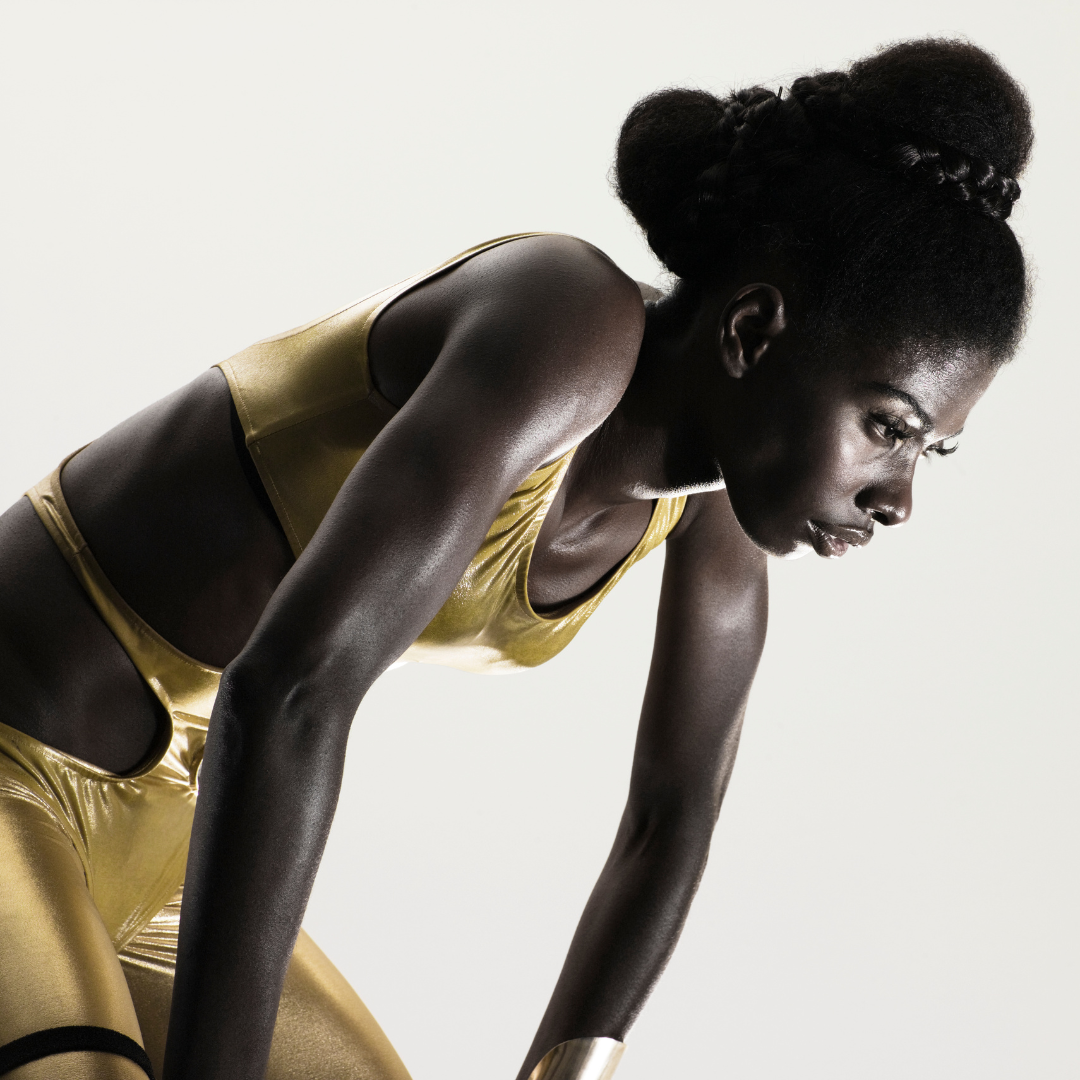Weekly Newsletter
Curated articles every weekApplied Sports Science Weekly Digest #348


Frontiers in Sports and Active Living | April 2024
How traditional Norwegian outdoor activities are changing; a 10-year follow up in relation to sociodemographic factors
“A social gradient is apparent as those with higher education do participate more often in traditional outdoor activities.“

Frontiers in Sports and Active Living | April 2024
Acute anodal transcranial direct current stimulation improves the performance of professional rowers
“According to the results, the current tDCS with the present protocol improved the physical performance at the 2,000-m time trial Test providing ergogenic aid.“

Frontiers in Sports and Active Living | April 2024
Investigating the stretch-shortening cycle fatigue response to a high-intensity stressful phase of training in collegiate men’s basketball
“These findings emphasize that when monitoring neuromuscular fatigue, variables and assessments may not be looked at individually, but rather as part of a more global monitoring approach.“

Frontiers in Sports and Active Living | April 2024
Retention in Junior Giants, a sport-based youth development program: what factors are associated with intentions to return?
“The findings from the present study suggest that LSGs and SSGs can be used to overload the average values of the selected external load variables compared with those during the matches.”

Journal of Science and Medicine in Sport | April 2024
Assessing criterion and longitudinal validity of submaximal heart rate indices as measures of cardiorespiratory fitness: a preliminary study in football
“SMFT exercise HR is a valid proxy measure of cardiorespiratory fitness irrespective of test setting, whereas the validity of HRR remains elusive and appears to vary between exercise intensities.“
Newsletter History
Applied Sports Science Weekly Digest #308
Frontiers in Sports and Active Living | July 2023Swimming coaches’ professional development and training practices: an international survey"useful insights regarding the effect of coaching experience, educational level, and gender on coaches' perceptions and...
Applied Sports Science Weekly Digest #307
Journal of Sports Sciences | July 2023Prediction of ball direction in soccer penalty through kinematic analysis of the kicker "Logistic regression analysis revealed that trunk rotation in the transverse plane (towards the goal – left; or slightly to the...
Applied Sports Science Weekly Digest #306
Frontiers in Sports and Active Living | July 2023Physical activity when riding an electric-assisted bicycle with and without cargo"E-biking with cargo was rather similar in time spent and exercise intensity to E-biking without cargo, and not much slower than...
Research Articles
Suggested articles for further readingBODY COMPOSITION
Jackson, A and Pollock, M. Generalized equations for predicting body density of men. British Journal of Nutrition. 1978;40:497-504. Abstract
Siri, W. Body composition from fluid space and density. Brozek & A. Hanschel (Eds.), Techniques for measuring body composition. 1961;223-244. Abstract
Brozek, J, Grande, F, Anderson, J, and Keys, A. Densitometric analysis of body composition: Revision of some quantitative assumptions. Annals of the New York Academy of Sciences. 1963;110:113-140. Abstract
INJURY PREVENTION IN YOUTH ATHLETES
Chu, D., A. Faigenbaum, and J. Falkel. Progressive Polymetrics for Kids. Monterey, CA: Healthy Learning. 2006
Hewett, T. G. Myer, and K. Ford. Reducing knee and anterior cruciate ligament injuries among female athletes. J Knee Surg 18:82-88. 2005.
Micheli, L. Preventing injuries in sports: What the team physician needs to know. In: F.I.M.S. Team Physician Manual, 2nd ed., K. Chan, L. Micheli, A. Smith, C. Rolf, N. Bachl, W. Frontera, and T. Alenabi, eds. Hong Kong: CD Concept. 2006. pp. 555-572.
RPE (RATING OF PERCEIVED EXERTION)
Pandolf, K, Billings, D, Drolet, L, Pimental, N, and Sawka, M. Differentiated ratings of perceived exertion and various physiological responses during prolonged upper and lower body exercise. European Journal of Applied Physiology and Occupational Physiology. 1984;53:5-11. Abstract
Baden, D, McLean, T, Tucker, R, Noakes, T, and St Clair Gibson, A. Effect of anticipation during unknown or unexpected exercise duration on rating of perceived exertion, affect, and physiological function. J Sports Med. 2005;39:742-746. Abstract
SLEEP
For a more thorough list about sleep, check out Fatigue Science’s extensive research page.
Russel, C., PhD, J.A., PhD, Arand, D., PhD, Myers, L.J., PhD, Wubbels, P., BS, and Downs, H., PhD. Validation of the Fatigue Science Readiband™ Actigraph and Associated Sleep/Wake Classification Algorithms. Archinoetics, LLC.
Globe and Mail. The Globe and Mail, 31 Dec. 2014. Web. 13 Apr. 2015. Article
Mah CD; Mah KE; Kezirian EJ; Dement WC. The effects of sleep extension on the athletic performance of collegiate basketball players. SLEEP 2011;34(7):943-950.
GPS (GLOBAL POSITIONING SYSTEM)
Varley M, Fairweather I and Aughey R. Validity and reliability of GPS for measuring instantaneous velocity during acceleration, deceleration and constant motion. Journal of Sports Sciences. 2012;30(2):121-127. Abstract
Boyd L, Ball K and Aughey R. Quantifying external load in Australian football matches and training using accelerometers. I J Sports Phys and Perf. 2013;8(1):44-51. Abstract
Gabbett T. Quantifying the physical demands of collision sports; does microsensor technology measure what it claims to measure? J Strength and Conditioning Research. 2013;27(8):2319-2322. Abstract
HYDRATION
For a thorough list of publications about hydration, visit the Gatorade Sports Science Institute Publications page.
Osterberg, K, Horswill, C, and Baker, L. Pregame urine specific gravity and fluid intake by National Basketball Association players during competition. Journal of Athletic Training – J ATHL TRAINING. 2009 01-02;44(1):53-7. Abstract
Godek, S, Peduzzi, C, Burkholder, R, Condon, S, Dorshimer, G, and Bartolozzi, A. Sweat rates, sweat sodium concentrations, and sodium losses in 3 groups of professional football players. Journal of Athletic Training. 2010 Jul-Aug; 45(4): 364–371. Abstract
WELLNESS QUESTIONNAIRE
Hooper, S, Mackinnon, L. Monitoring overtraining in athletes: recommendations. Sports Med. 1995;20(5):321–327.
McLean, B, Coutts, A, Kelly, V, McGuigan, M, and Cormack, S. Neuromuscular, endocrine, and perceptual fatigue responses during different length between-match microcycles in professional rugby league players. International Journal of Sports Physiology and Performance. 2010;5:367-383. Abstract
HRV (HEART RATE VARIABILITY)
Holman, A and Ng, E. Heart rate variability predicts anti-tumor necrosis factor therapy response for inflammatory arthritis. Auton Neurosci. 2008;143:58-67. Abstract
Fomin, R and Nasedkin, V. Effective management of athlete preparation: a comprehensive approach to monitoring of athlete’s individual readiness. White paper, Omegawave, ePub. 2013.
FORCE PLATE
Linthorne, N. Analysis of standing vertical jumps using a force platform. American Journal of Physics. 2001. Abstract
Guillaume L, Wagner P, and Tombleson T. Countermovement jump height: gender and sport-specific differences in the force-time variables. Journal of Strength and Conditioning Research. 2013. Abstract
ithlete. Guide to training with heart rate variability (HRV). HRV Fit Ltd. 2012. Download
